EULAR Sjögren's Syndrome Disease Activity Index (ESSDAI ...
EULAR Sjögren's Syndrome Disease Activity Index (ESSDAI ...
EULAR Sjögren's Syndrome Disease Activity Index (ESSDAI ...
Create successful ePaper yourself
Turn your PDF publications into a flip-book with our unique Google optimized e-Paper software.
inserm-00431527, version 1 - 12 Nov 2009<br />
DISCUSSION<br />
The <strong>ESSDAI</strong> is a consensus clinical index designed to measure disease activity in<br />
patients with systemic complications of primary SS. This index is modelled on physician’s<br />
judgment of disease activity. It results from a large collaboration of European and North<br />
American experts in primary SS. Compared to the PhGA, the <strong>ESSDAI</strong> performed<br />
satisfactorily for evaluation of disease activity in primary SS.<br />
In the absence of an available “gold standard” or true understanding of disease<br />
process, the most accurate and meaningful method of disease activity assessment is to attempt<br />
to model the physician judgment. But any scale quantifying physician judgment of disease<br />
activity is a simplification of a complex mental process. For that purpose, 2 main gold<br />
standards have been used in the development of disease activity indexes: (i) the PhGA [28-30]<br />
and (ii) the intention-to-treat approach.[31, 32] The PhGA was used for the development of<br />
the systemic lupus disease activity index (SLEDAI) in systemic lupus erythematosus<br />
(SLE),[28-30] whereas the intention-to-treat approach was used for the development of the<br />
British Isles lupus assessment group (BILAG) for SLE [31] and the disease activity score<br />
(DAS) for rheumatoid arthritis (RA).[32] However, unlike RA that quasi-exclusively affects<br />
articular system and where therapeutic decision is reproducible, the multisystemic nature of<br />
primary SS make therapeutic decision more variable. In addition, evidence-based therapeutic<br />
management of SLE is currently more advanced than in primary SS. Moreover, in the<br />
BILAG, this approach was used to define, in each domain, the different classes (A, B, C, D,<br />
E) and not as “gold standard” to determine domain weights. Therefore, in the absence of<br />
effective treatment or consensual therapeutic management and because of the variability of<br />
physician habits, the intention-to-treat approach might be more difficult to apply as a gold<br />
standard for primary SS at this time.<br />
In addition, the extent to which each organ involvement or patient symptoms of<br />
fatigue and pain can influence the physician’s evaluation of disease activity, in such a<br />
polymorphous disease, is extremely variable, as demonstrated by the limited reliability of the<br />
PhGA. These discrepancies among physicians’ views, even among disease experts, justify the<br />
necessity for a more objective and standardized scoring system to homogenise assessment of<br />
disease activity in different settings, by different physicians, experts but also less experienced<br />
physicians. Similar to correlation of SCAI scores with the PhGA, [17] that of <strong>ESSDAI</strong> scores<br />
with the PhGA was about 0.60. These correlations were lower than that from other studies<br />
evaluating disease activity scores for various systemic disorders [16, 29, 33]. However, in<br />
most of these studies, the experts involved were trained to the rating of the PhGA and the<br />
different activity tools to improve reliability and homogeneity of this scoring. In the present<br />
study, to be closer to usual practice, we decided not to perform a training exercise.<br />
The <strong>ESSDAI</strong> was developed by a large panel of primary SS experts and attempted to<br />
reflect their thought process. This may have ensured the content validity of the <strong>ESSDAI</strong>,<br />
including all relevant determinants of disease activity. The validity of the <strong>ESSDAI</strong> was<br />
further confirmed by the significant association of all domains with disease activity in our<br />
model. Previous primary SS activity indexes have been developed with use of cohorts in<br />
which about half of the patients had inactive or weakly active disease.[16, 17] Our strategy<br />
was to use data from selected patients with systemic features to generate realistic clinical<br />
vignettes. This methodology enabled us to obtain a large number of vignettes (more than<br />
would have been possible with real patients) representing all possible systemic disease<br />
involvement (i.e., items). We then evaluated the extent to which each item influenced the<br />
evaluation of disease activity, which had not been possible in previous studies that did not<br />
include all organ-specific features.[16, 17] As in all global scoring system,[16, 29] similar<br />
<strong>ESSDAI</strong> scores (same disease activity) may reflect different domains involved. As a further<br />
14


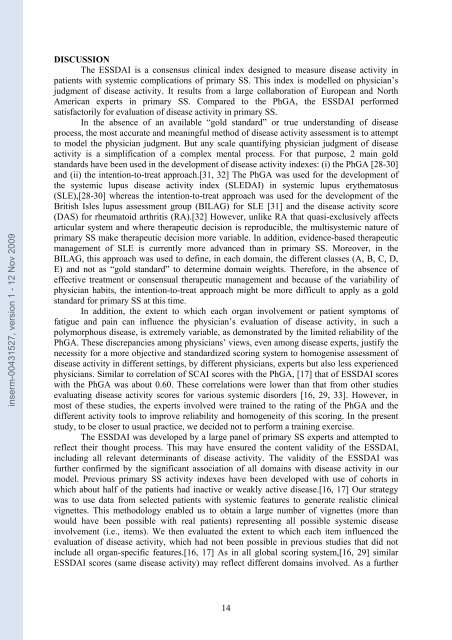

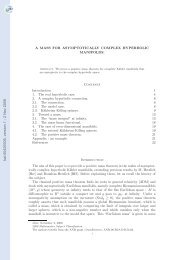

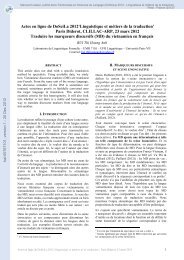
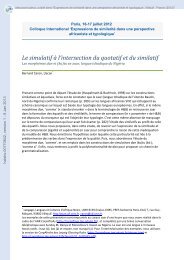
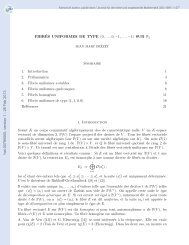
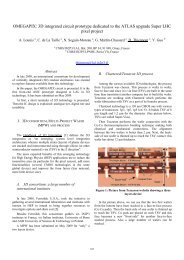
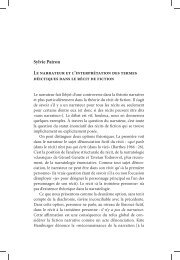
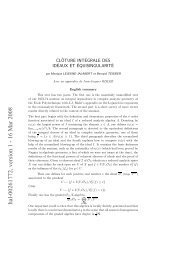
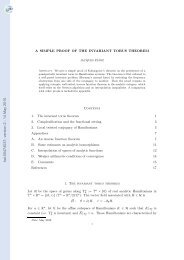

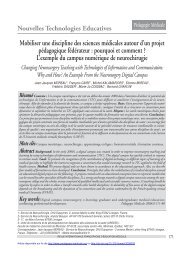

![[tel-00433556, v1] Relation entre Stress Oxydant et Homéostasie ...](https://img.yumpu.com/19233319/1/184x260/tel-00433556-v1-relation-entre-stress-oxydant-et-homeostasie-.jpg?quality=85)